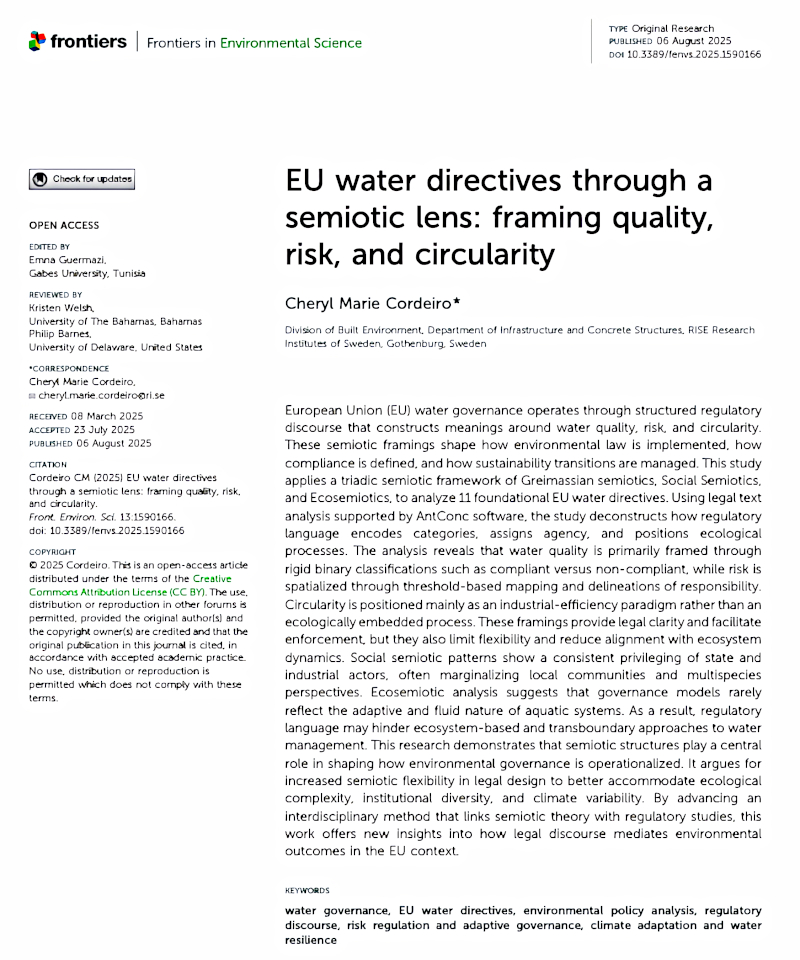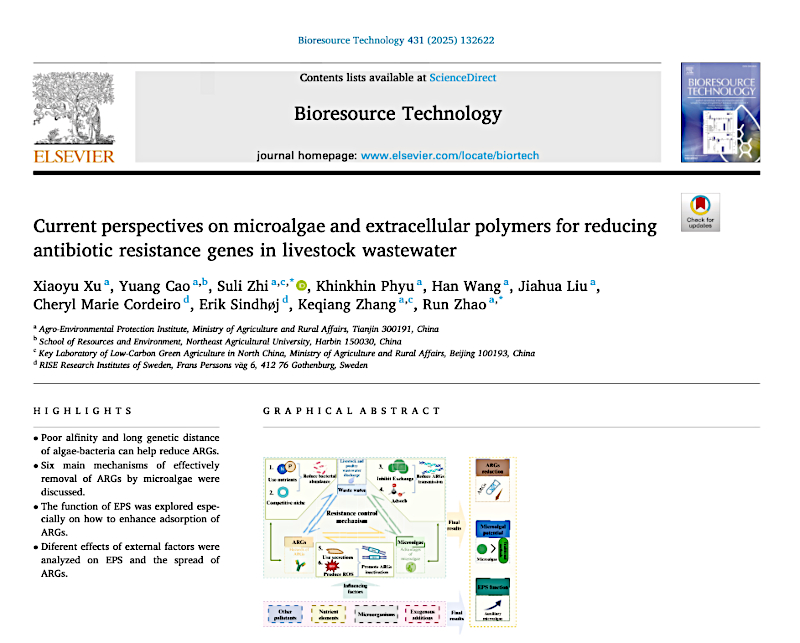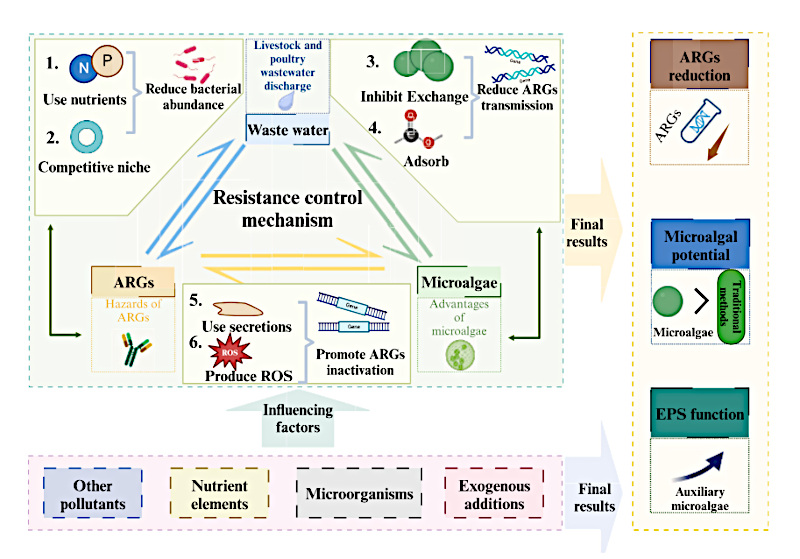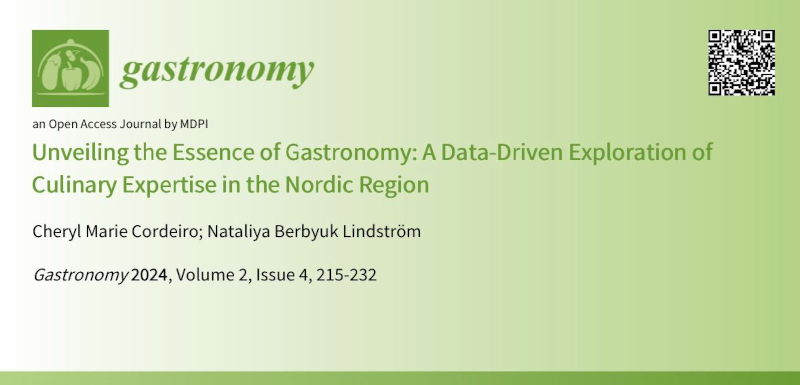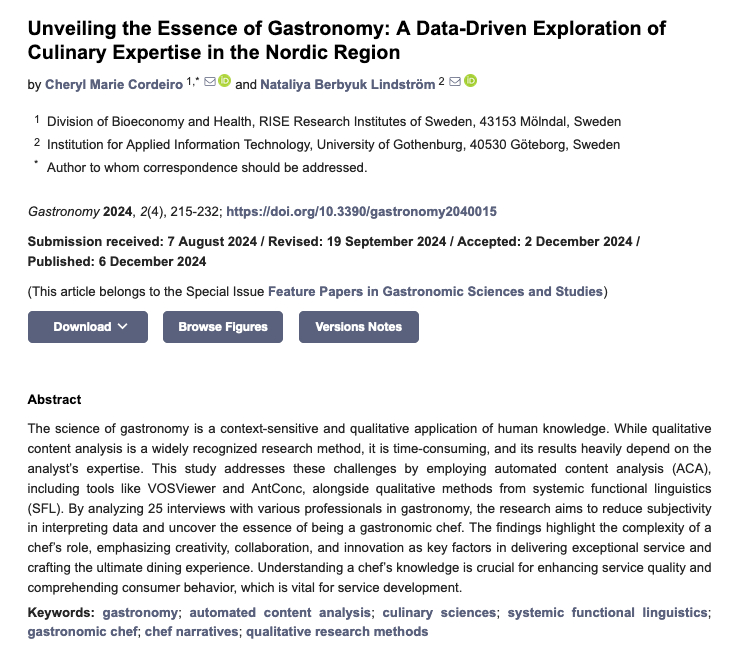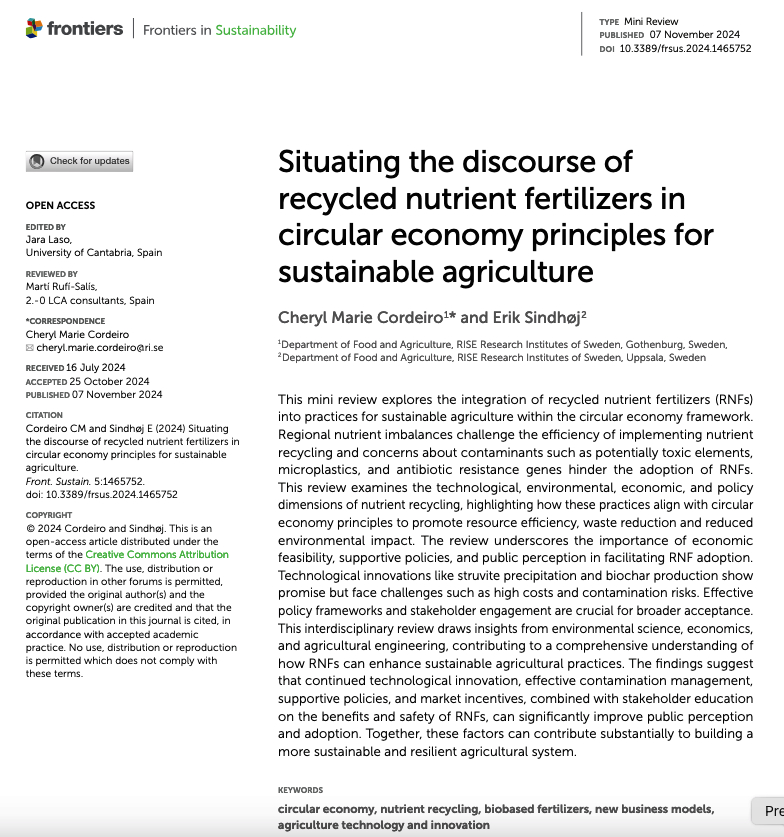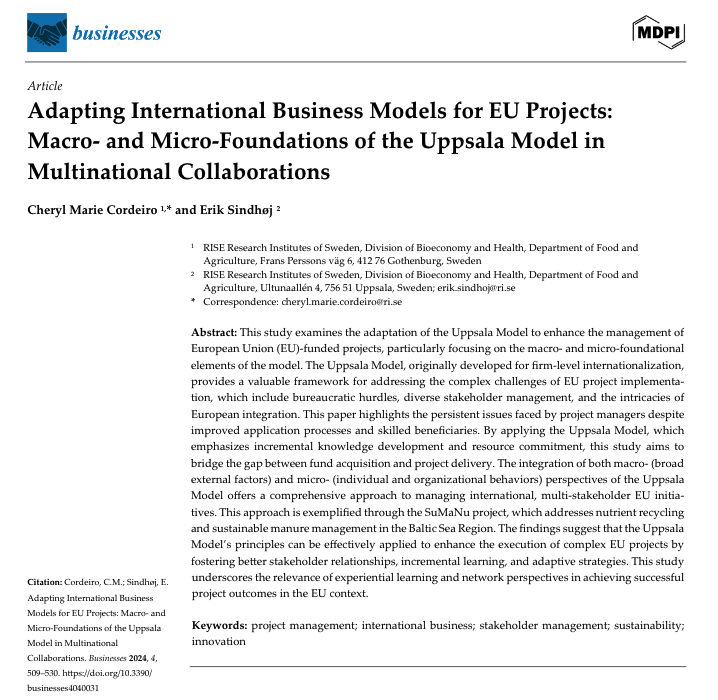
Industrial odor pollution remains one of the most challenging environmental issues to address. Unlike visible emissions or easily quantifiable pollutants, odors are transient, spatially variable, and often escape detection by conventional fixed-site monitoring stations. A new study published in Atmospheric Environment demonstrates how mobile monitoring technology can transform our understanding of industrial odor emissions, and points toward more effective regulatory strategies.
The Challenge: Persistent Odor Complaints Despite Low VOC Levels
The Tuoketuo Industrial Park in Hohhot, Inner Mongolia, hosts a dense cluster of biopharmaceutical, coal-chemical, and food processing facilities. Despite reporting relatively low total volatile organic compound (TVOC) concentrations, the region has experienced a 15% year-on-year increase in odor complaints. This disconnect between measured pollutant levels and community experience highlights a fundamental limitation of mass-based air quality metrics.
Continue reading ”Mobile Monitoring Reveals Industrial Odor Hotspots in Inner Mongolia”



